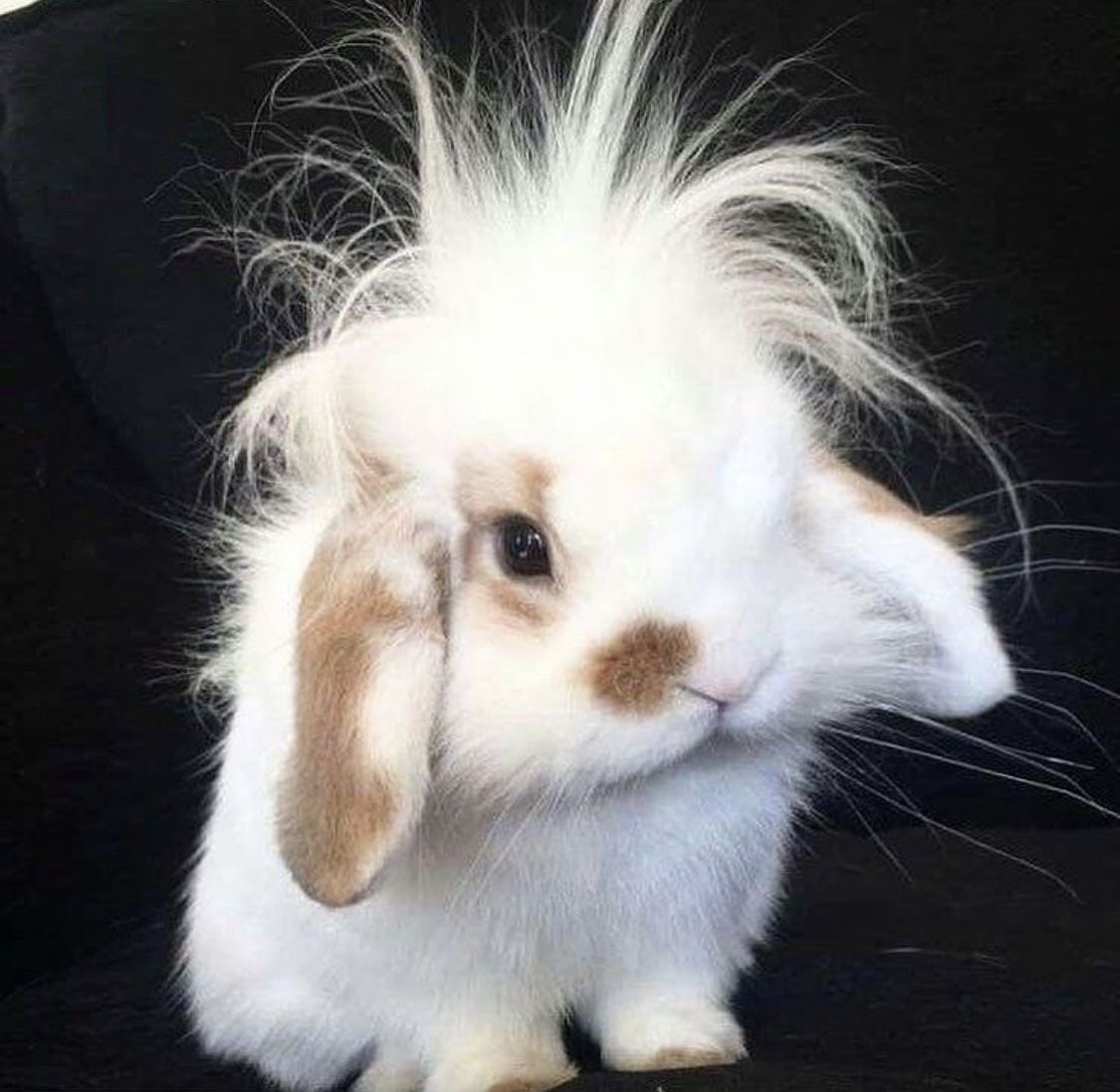formation of ions
Cards (15)
- which groups are more likely to form an ionic bond?
- what are ions
- when are ions made
- why do they transfer electrons
- why do they try to get a full outer shell
- what happens when metals form ions
- what happens when non metals form ions?
- what are positive ions also known as
- what are negative ions also known as
- group 1 & 2 are..
- group 6 & 7 are…
- metals … electrons
- non-metals … electrons
